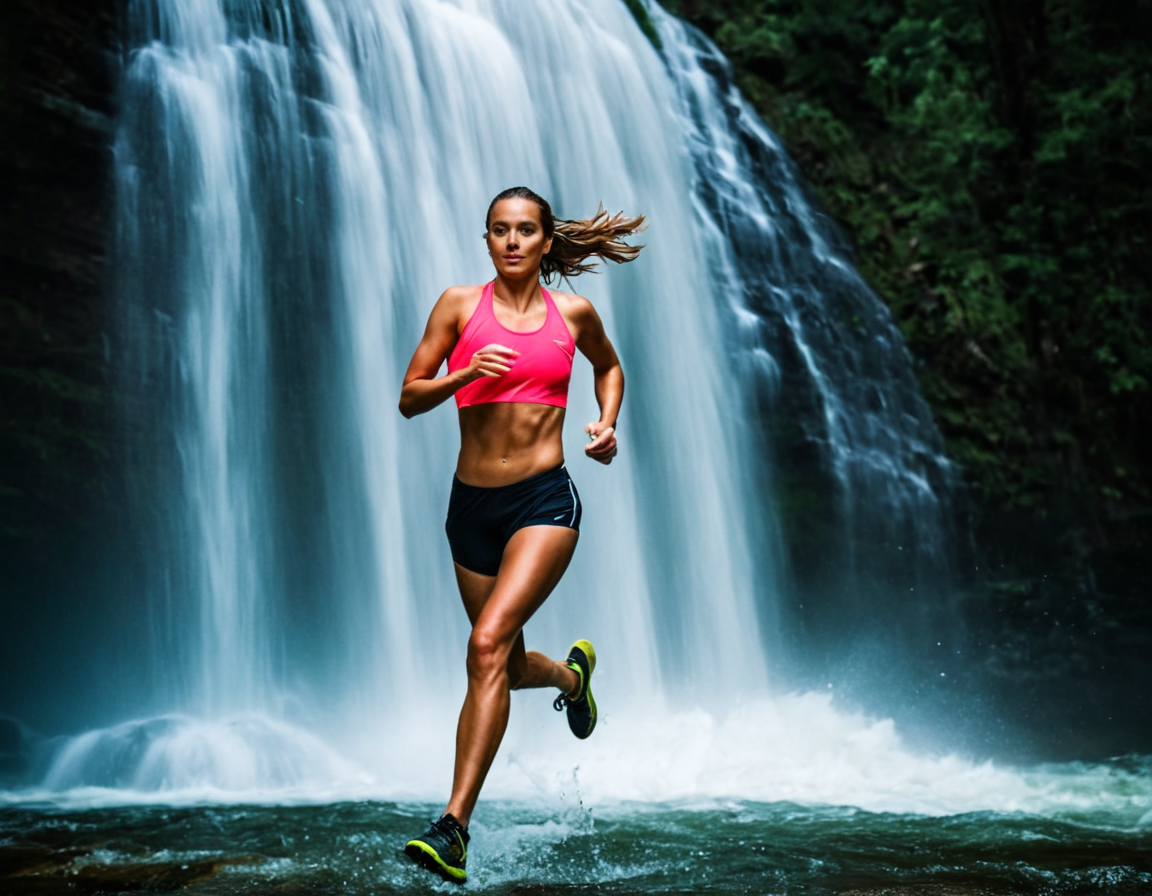Shutter Speed Tips - Capture Stunning Motion

Introduction to Shutter Speed 101: Unlocking the Power of Motion Effects
In the world of photography, shutter speed is a fundamental element that can make or break an image. It’s a technique that allows photographers to control the duration of exposure, creating an array of creative possibilities for capturing motion effects. However, mastering shutter speed requires a deep understanding of its technical aspects and how it can be used to produce stunning results.
In this article, we’ll delve into the world of shutter speed, exploring its basics, advanced techniques, and providing practical examples to help you unlock your creative potential.
Understanding Shutter Speed Basics
Shutter speed refers to the length of time a camera’s shutter is open, measured in seconds or fractions of a second. It’s a critical component of exposure, as it determines the amount of light that enters the lens. A faster shutter speed will result in less light entering the camera, while a slower speed will allow more light in.
Shutter Speed and Motion Effects
One of the most significant applications of shutter speed is creating motion effects. By manipulating the shutter speed, photographers can achieve a range of creative results, including:
- Blurred motion: A slow shutter speed can create a blurred effect on moving subjects, adding a sense of dynamism to an image.
- Freezing motion: Conversely, a fast shutter speed can freeze the motion of a subject, creating a sharp, defined image.
- Creative blur: Experimenting with different shutter speeds and angles can produce unique, abstract effects.
Practical Examples
To illustrate these concepts, let’s consider a few practical examples:
- Blurred Traffic: Imagine capturing a busy street scene at night. Using a slow shutter speed (around 1/30s) will create a blurred effect on the moving traffic, adding a sense of movement to the image.
- Freezing Water Droplets: If you’re interested in capturing water droplets or other fast-moving subjects, using a fast shutter speed (1/1000th of a second) will freeze the motion, creating a sharp, defined image.
Advanced Techniques
Once you’ve grasped the basics of shutter speed, it’s time to explore more advanced techniques:
- Panning: This technique involves moving your camera in sync with a moving subject. By doing so, you’ll create a blurred background while keeping the subject sharp.
- Long Exposure: Using extremely slow shutter speeds (several seconds or even minutes) can produce unique, abstract effects. However, be aware that this technique requires careful planning and execution.
Conclusion and Call to Action
Shutter speed is an incredibly powerful tool in the world of photography. By mastering its basics and experimenting with advanced techniques, you’ll unlock a world of creative possibilities for capturing stunning motion effects. Remember to always keep your camera steady, composition sharp, and practice makes perfect. What kind of motion effect will you create next?
Tags
shutter-speed-basics motion-effects-photography creative-exposure-techniques fast-and-slow-speeds understanding-camera-settings
About Thiago Pereyra
Hi, I'm Thiago Pereyra, and I've spent the last decade helping photographers unlock their creative potential through tutorials, workshops, and gear reviews on lentecreativa.com. My background in photography and post-production informs my passion for sharing actionable tips and techniques to help you take your craft to the next level.
